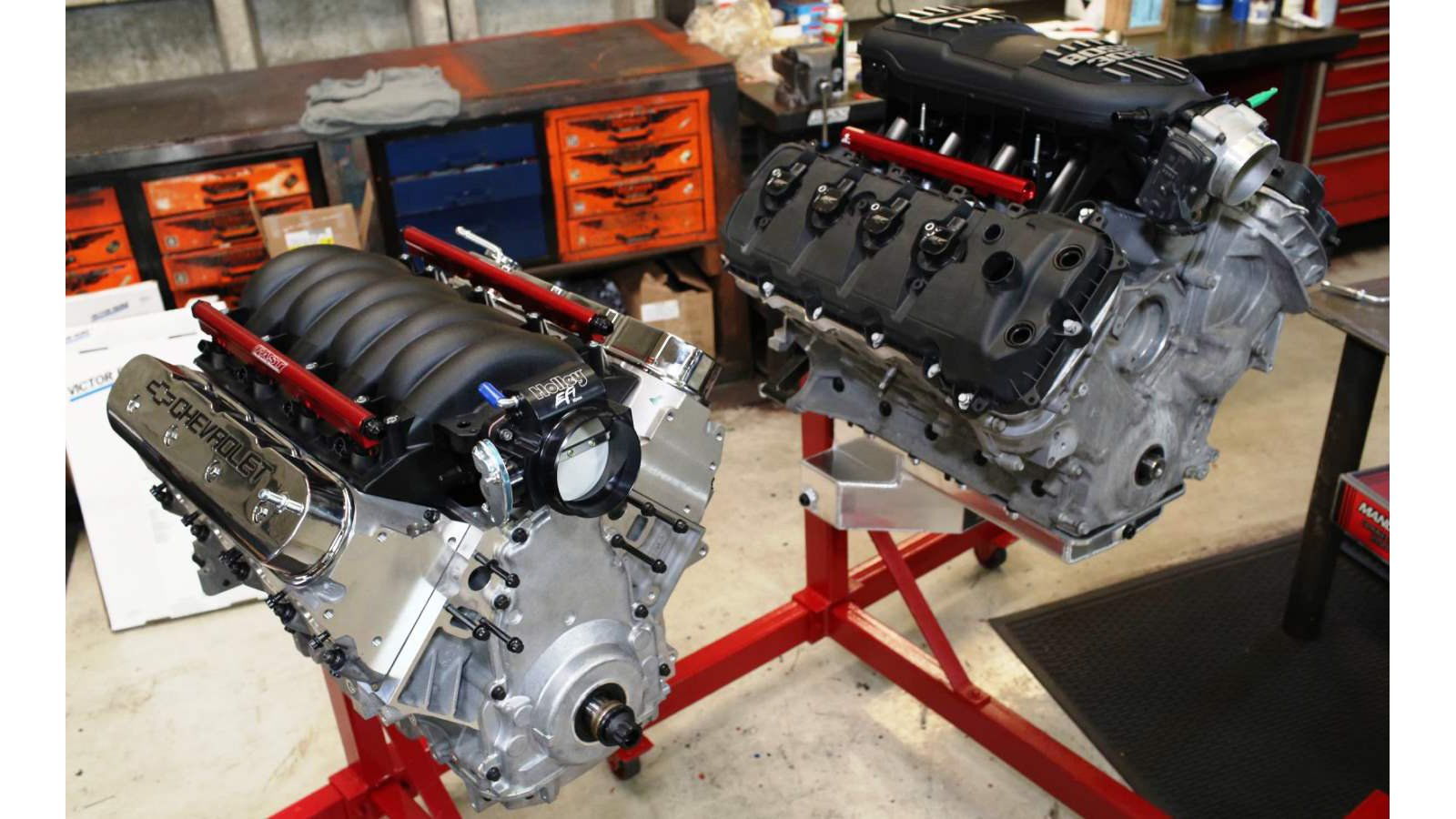

Aside from this, due to lower temperatures of the block away from the combustion chambers- the pushrod cam operates under a more favourable regime of lubrication (Elasto-hydro dynamic where as an OHC engine will typically run under boundary- I THINK (it's been a while since I've looked at a Stribeck curve!))Ģ) Can be easier to make more refined-less valvetrain noise intrusion to concern oneself about.Ĥ)Lower mass- a well designed pushrod engine- especially with a V configuration- can be designed to be very light If you were to stack an 80’s era pushrod 5.0L next to a current DOHC Coyote, the Coyote is significantly larger in every direction, despite having the exact same displacement of 5.0L. On a V8 this is the case because one cam can be used instead of 2 in between the banks. This isn't a problem with a well designed pushrod layout such as the Corvette motor.ġ)Allows lower friction- ESPECIALLY on a V8. It's this same under constrained rocker shaft arrangement of this engine that leads to the effective cam periods closing up at higher engine speeds (the worlds first variable cam timing engine?). A pushrod engine with roller lifters doesn’t require high zddp where as an ohc engine with really high valve spring pressure may.

This should NOT be underestimated- the long ramps of a really "floppy" unconstrained valve train arrangement such as the Rover V8 is responsible for it having so much in cylinder residual. The complexity of overhead camshaft engines comes in the drive mechanism used to turn the camshafts. I think it’s mainly for flat tappet vs roller lifters not pushrod vs overhead cam. An OHV engine has a camshaft placed between the engines cylinder heads, also known as cam-in. Detroit automakers, in particular, persist with pushrod designs and. This layout doesn't lay claim solely to a cross flow design (cross flow layout encourages scavenging)- as Gavin pearson rightly pointed out: There are land mark pushrod designs out there, like both the old and new Dodge Hemi engine.ģ) OHC allows much shorter cam ramps to take up the slack/lash in the valve train system. OHV stands for overhead valve, whereas OHC means overhead cam. Pushrod engines have been fighting a rear-guard action against the onslaught of overhead-camshaft engines for at least 30 years. As long as the gas is too low in octane rating to allow high compression engines then the L-head engine can be competitive. Above that it is hard to design the engine for good flow so your volumetric efficiency is less. Europeans ( and I DO include us Brits in that) seem to often have an unfair bias against pushrods.ġ) An OHC engine design allows a stiffer lower inertia valvetrain-which allows rapid flank accels on the cam design and typically allows higher revs.Ģ) OHC design allows more freedom in packaging- allowing not only decent port layout for breathing but also good combustion chamber design. Until you get to about 8:1 compression ratio the flathead can be competitive with OHV.


 0 kommentar(er)
0 kommentar(er)
